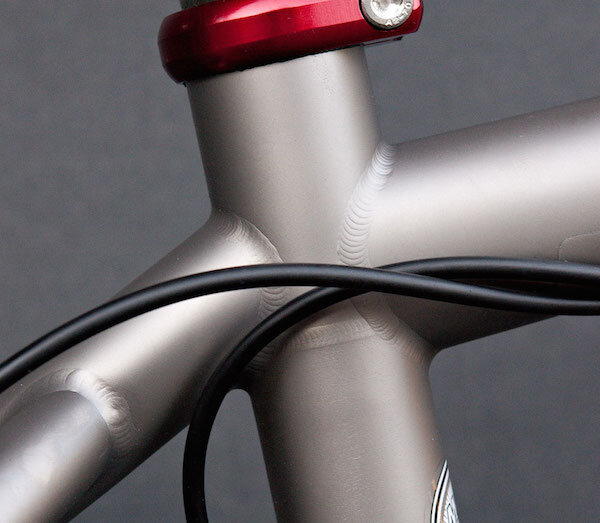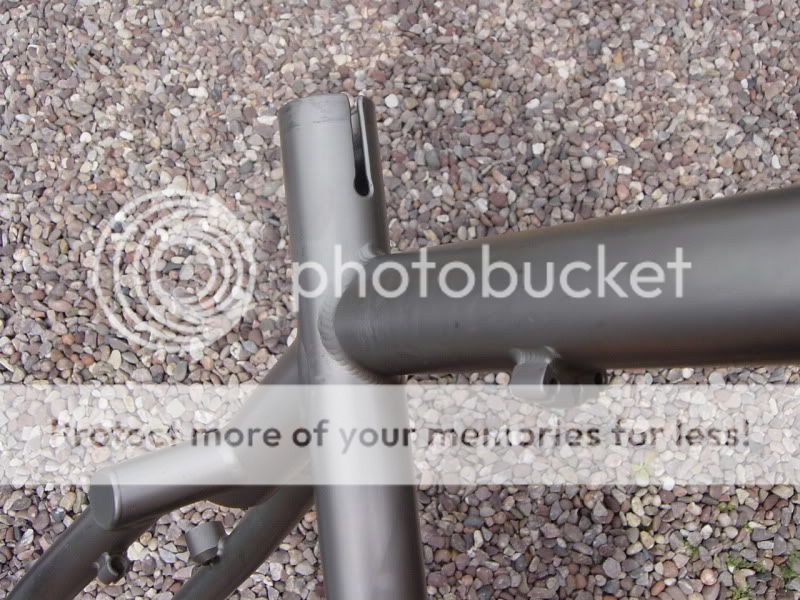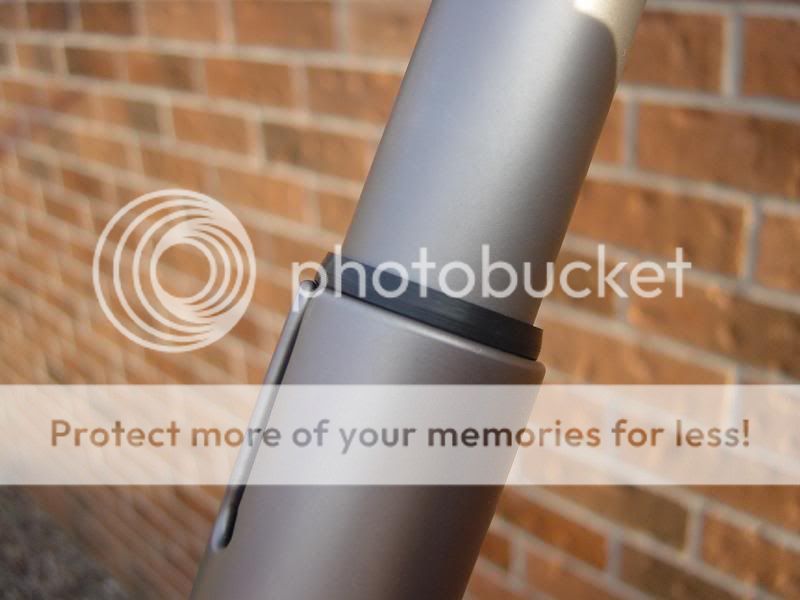IMHO the best solution would be to avoid any more welding...cut it down and refit the clamp.
There might be a little more stress on the relieving hole at the bottom, but at least you won't have the crack in the back of your mind.
A longer clamp covering the crack well would also be fine if you can find something appropriate/suitable.
It could be welded, but it is now a very thin part of the frame with a weld start on an edge. Not easy without getting bad distortion, build up of weld material or burn back of the original metal. Ideally it would be completely degreased and cleaned and run with a back-purge through a heat-sink, which also seals the slot, to avoid distortion. Usually the seat tube bore would reamed out post weld (while still 360 degrees round), before cutting the clamping slot.
With the slot now there, the back of the weld would need to be ground out close to size, then reamed with a clamp in place set at the right size. The outside may also need filing back in order for the clamp to fit.
This all reduces the thickness of (weaker weld) material left at the site of the crack, but doesn't reduce the stress it is subject to.
These days more prudent builders would use a 0.089"/2.25mm wall insert at the seat clamp 31.8mm OD/27.2mm ID), press fitted then welded onto a 0.035"/0.8mm wall seat tube to prevent the weakness and distortion in this area. You can see the weld around the seat tube here on this Moots:
All the best,
There might be a little more stress on the relieving hole at the bottom, but at least you won't have the crack in the back of your mind.
A longer clamp covering the crack well would also be fine if you can find something appropriate/suitable.
It could be welded, but it is now a very thin part of the frame with a weld start on an edge. Not easy without getting bad distortion, build up of weld material or burn back of the original metal. Ideally it would be completely degreased and cleaned and run with a back-purge through a heat-sink, which also seals the slot, to avoid distortion. Usually the seat tube bore would reamed out post weld (while still 360 degrees round), before cutting the clamping slot.
With the slot now there, the back of the weld would need to be ground out close to size, then reamed with a clamp in place set at the right size. The outside may also need filing back in order for the clamp to fit.
This all reduces the thickness of (weaker weld) material left at the site of the crack, but doesn't reduce the stress it is subject to.
These days more prudent builders would use a 0.089"/2.25mm wall insert at the seat clamp 31.8mm OD/27.2mm ID), press fitted then welded onto a 0.035"/0.8mm wall seat tube to prevent the weakness and distortion in this area. You can see the weld around the seat tube here on this Moots:
All the best,


